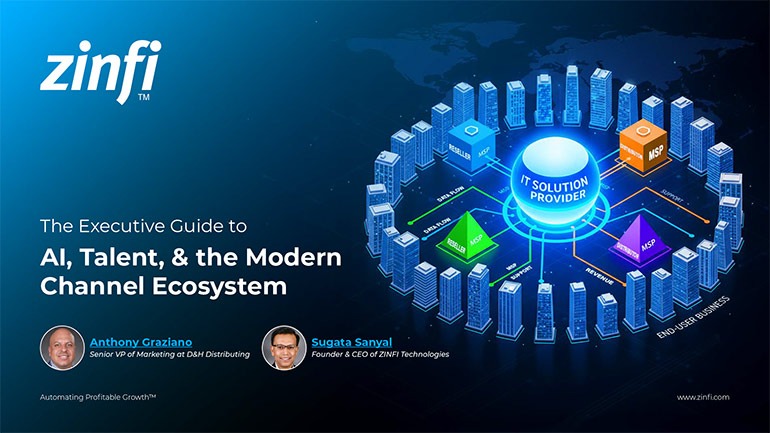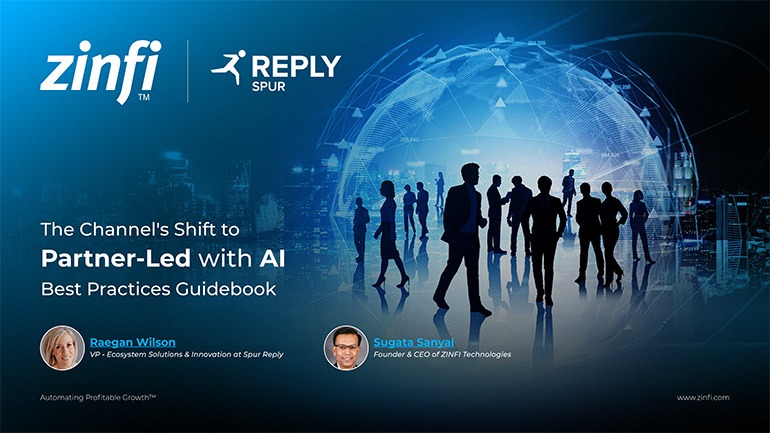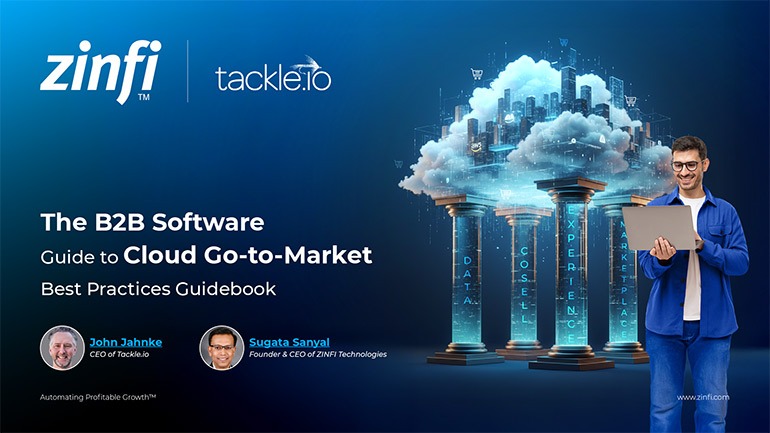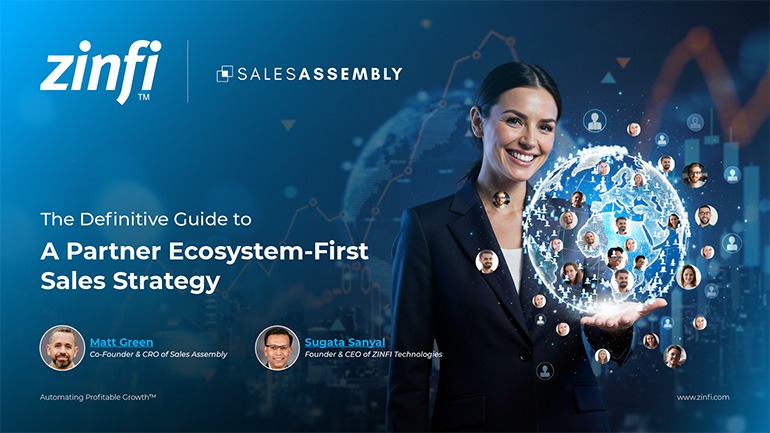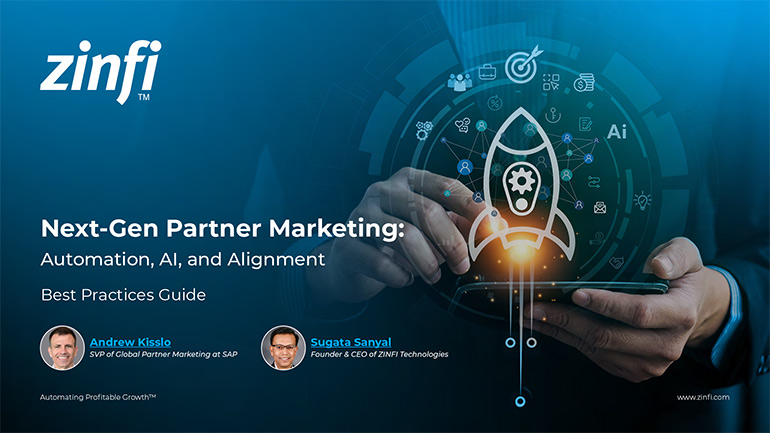The opening segment discusses how the structure of partner ecosystems has undergone a foundational shift. Two decades ago, vendor-partner relationships were largely linear, often revolving around a simple sell-implement-support cycle. Today, ecosystems are complex webs of collaboration, co-creation, and shared execution. SAP’s partner framework now accounts for VARs, GSIs, ISVs, and technology enablers—each bringing distinct value propositions. Many partners function in multiple categories, requiring marketing and operations teams to think beyond static partner types. Orchestration now involves dynamic capability mapping instead of just contractual tiers.
The SAP model is driven not by one-to-one partner relationships but by multi-role alignment. For example, an ISV may be a go-to-market partner in one market and a service provider in another. These layered roles require SAP to build systems that adapt to partner behavior across customer journeys. The company's partner orchestration approach is rooted in modularity, integration, and localized execution.
The discussion also explores how SAP’s position as an application-layer leader directly influences the ecosystem design, in contrast with Microsoft’s platform-layer ubiquity. SAP focuses on mission-critical business applications—ERP, supply chain, and procurement—meaning its partners must specialize in high-trust deployments. This influences partner segmentation, the depth of enablement, and customer expectations. The shift from transactional execution to collaborative solutions is central to how SAP defines its ecosystem today.

